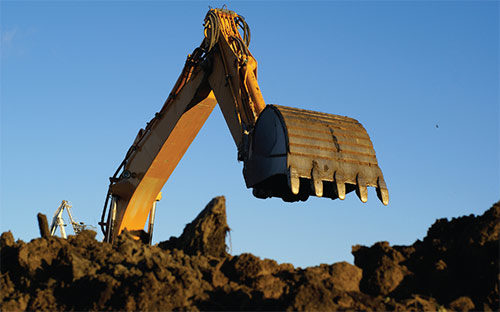Be aware of trench collapse dangers

From 2000 to 2009, an average of 35 workers died every year in trenching or excavation cave-ins, according to Bureau of Labor Statistics data.
Dirt may not seem particularly dangerous to workers, but NIOSH notes that a single cubic yard of dirt can weigh more than 3,000 pounds, and a trench can collapse without any warning signs.
Factors that affect the stability of soil at a trenching or excavation site include the type and water content of the soil, the site’s proximity to previously backfilled excavations, how heavy nearby machinery and tools are, and vibrations from heavy equipment and tools.
Trenches 5 feet deep or more require a protective system unless the excavation is made entirely of stable rock, OSHA notes.
NIOSH recommends the following tips to help employers and workers stay safe at trenching and excavation sites:
Employers
- Train and designate a competent person* to ensure safety measures are followed.
- Have the competent person inspect the excavation site, adjacent areas and protective systems before work begins, as well as throughout the shift and after a rainstorm.
- Call 811 before digging to determine the location of utility lines.
- When planning a job, identify safe locations for heavy equipment routes.
- Ensure all workers involved in the job are trained on trenching hazards in a language they understand.
- Make sure ladders and other means of exit are never more than 25 feet away from any worker in a trench.
- Develop a trench emergency action plan that includes steps to take in case of an emergency.
Workers
- Never enter an unprotected trench.
- Always inspect a protected trench before entering.
- If you see any evidence of problems with a protective system, exit the trench immediately and call the competent person over to perform an inspection.
- Do not assume you will have time to move out of the way in the event of a collapse
*A "competent person" understands OSHA regulations, can recognize hazards and is authorized to correct them.

